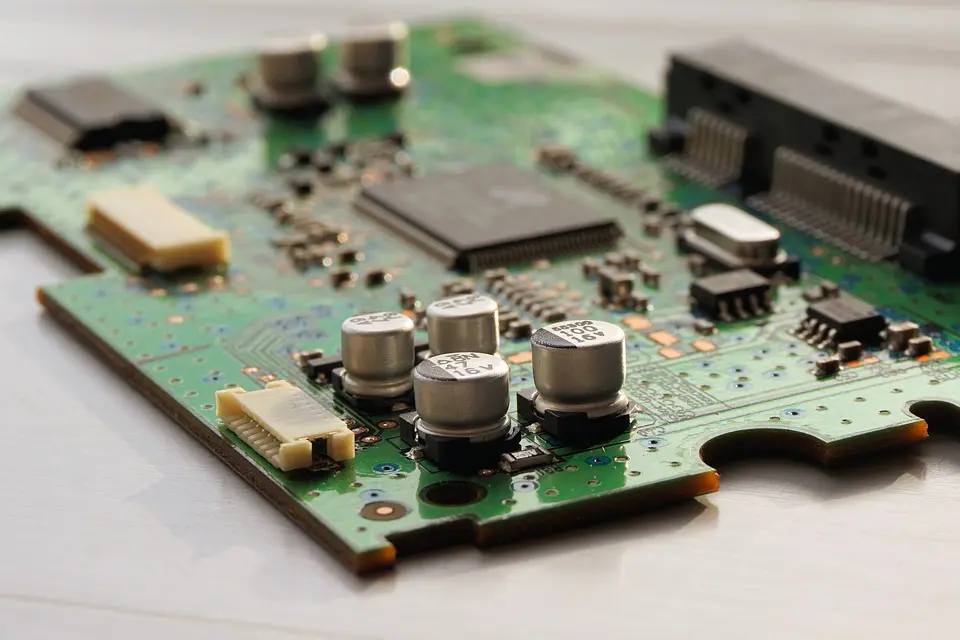PCB manufacturing is a constantly evolving field, enhanced by successive improvements in technology. The latest innovations are accompanied by better manufacturing processes, allowing for continually improving products. In fact, the march of technology is so steady that innovations made in the past few years may be considered obsolete today.

(Pixabay / webandi)
The following are some of the recent trends in the printed circuit board manufacturing industry:
- 3D integration – As PCBs become more advanced, expect the integration of 3D into the PCB design. 3D will allow for better miniaturization and the creation of denser boards that facilitate more capabilities in less and less space. This 3D integration will be made possible through the embedding of components, both passive and active. Embedding will give rise to smaller boards with enhanced complexity but a lower production cost.
- Intricacy and thinness – Electronics today are getting more powerful and complex. At the same time, gadgets are getting smaller and thinner. This means that the printed circuit boards need to have more and more layers that fit into a more compact environment. The average printed circuit board today has an average thickness of 0.55 mm to 0.7 mm. In the coming years, expect the average to dwindle to 0.4 mm and smaller, but with a higher pin count. It’s hard to imagine how this will be done, but it will undoubtedly open a new world of possibilities for wearable devices and the Internet of Things.
- Better substrates – Traditionally, fiberglass and epoxy were the main pre-impregnated fabrics of PCBs. These materials have proven to be insufficient for high processing speeds and rates of data transmission. New substrate materials include resin-coated film, resin-coated copper, liquid crystal polymer, and vacuum-laminated film. These materials are a better match for advancing PCB technologies.
Given recent advances, it’s hard to imagine things getting much better for PCB technologies, but if trends continue, we can expect an even brighter future ahead.
